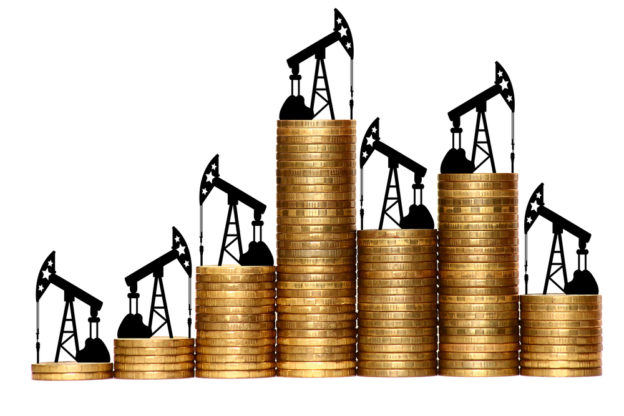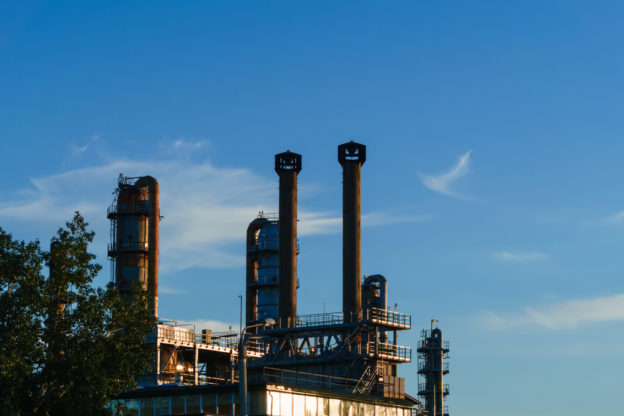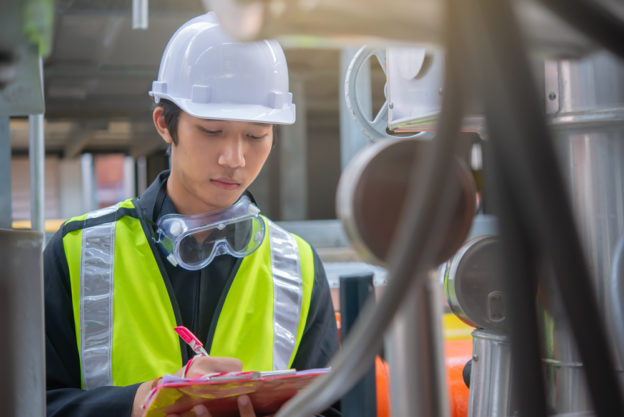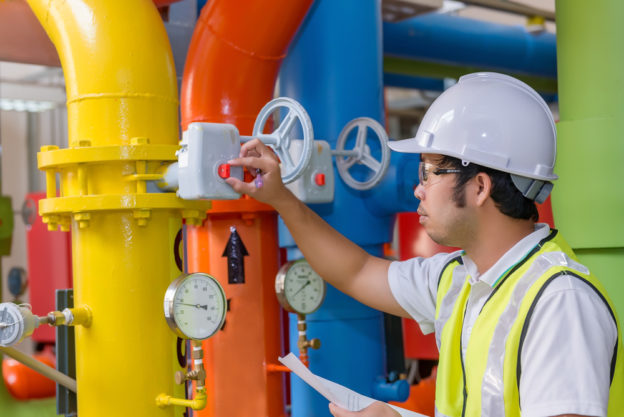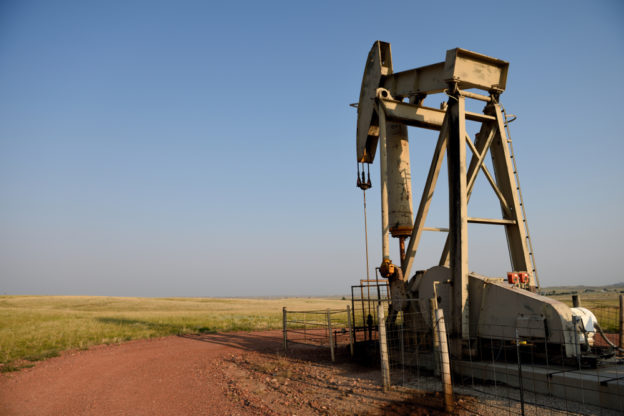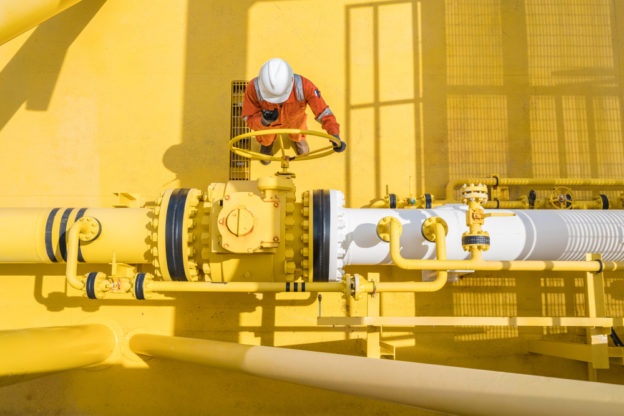At Pro-Gas, we make every effort to provide top services and products to facilities across the nation. However, we also like to think about the consumers who purchase and use gas and oil products.
With the holidays now here, many homes will have out-of-town visitors and can plan on spending a lot on their gas bills and oil use during this time of the year. The holidays can be stressful enough, so here is some information from oil and gas professionals that can help you save money on gas and oil this holiday season.
1. Fill Up on Gas at The Right Times
Everyone knows that oil and gas prices fluctuate, and this means that purchasing your gasoline at the right time can mean some major savings. One little-known tip in the gas industry, in particular, is that there are certain times when it is best to actually fill up your vehicle and save money. Since gas prices fluctuate based on supply and demand, the best days to buy your gas are Monday and Thursday, while avoiding a Friday purchase at all cost.
2. Know Holiday Delivery Schedules
Oil and gas deliveries are some of the key drivers of our industry. If you are a consumer that gets oil delivered to your home, then make sure that you know your provider’s holiday delivery schedules. It is important to plan ahead on your deliveries. Remember, that your delivery business is a business that has employees taking holidays as well.
Although you may still be able to get an emergency delivery in on the holidays, it could end up costing you quite a bit of money.
3. Your Oven is a Multifunctional Piece of Equipment
Natural gas is a material that is extremely versatile. This rule also applies to products like ovens that use this form of energy to function. Your oven can not only help you create some of your favorite dishes for the holiday season, but it can also heat up your home while you are using it.
Using your oven while turning down the thermostat in your home is a great step toward saving energy and pleasing your visiting family members this holiday season.
4. Get Your Fireplace Burning
Although we’d love for you to use oil and gas for all of your heating needs, sometimes an old-fashioned holiday fireplace can’t be beaten. By lighting your fireplace this season, you and your loved ones can easily keep warm while also saving money that can be used for other holiday fun!
Pro-Gas, LLC Helps Your Facility Start Saving at the Production Levels of the Market
The oil and gas industry is one that relies on the right products to help everyone save money. From fuel genies to natural gas storage, Pro-Gas, LLC helps make the production process an affordable and safe experience. If your facility is in need of our equipment and services, get in touch with us today to find out how we can start helping you.


